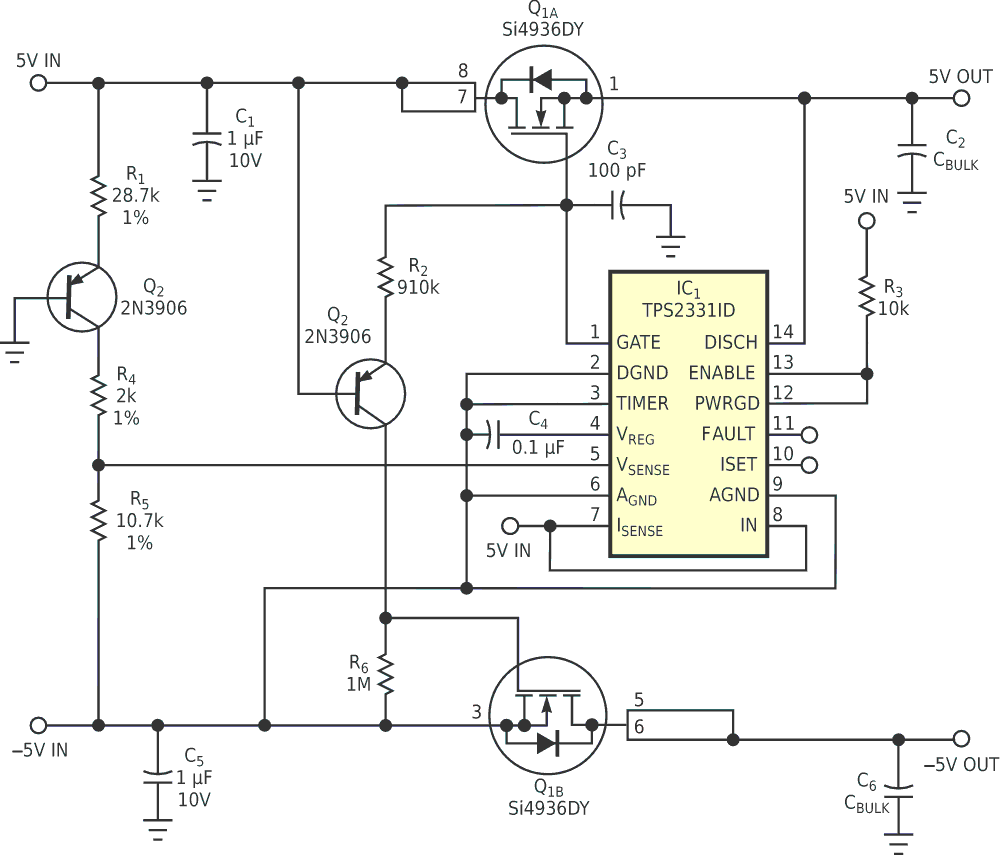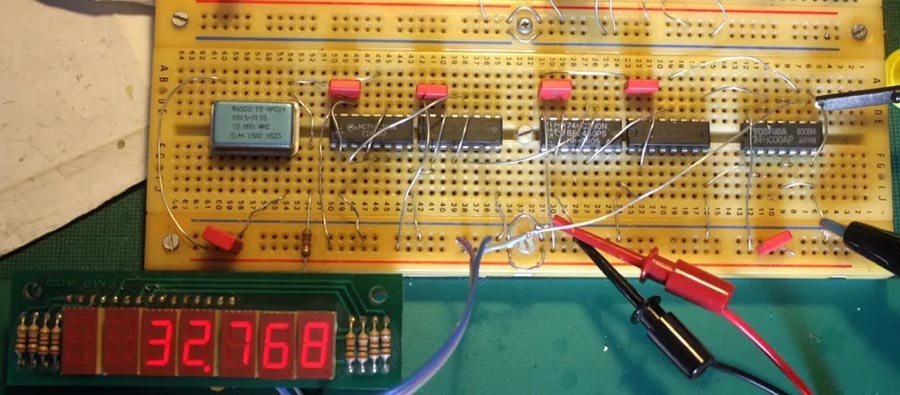Some applications require a hot-swap controller, a circuit-breaker function, or both for dual-polarity, dc-input power-supply rails. In some hot-swap cases, the requirement is based only on inrush-current considerations...
Articles and news - 3
This circuit uses a low power op Amp and a p-channel FET to form a diode function with a very low 0.05 volt voltage drop...
To meet the growing demand for high performance electronic components in next-generation automotive applications, Vishay Intertechnology introduced a new AEC-Q200 qualified, 50 W thick film power resistor in a compact TO-220 package for direct mounting on a heatsink...
I designed the circuit as a part of a data transmission system that has a carrier frequency of 400 kHz using on-off keying (OOK) modulation...
Littelfuse, Inc. announced the launch of two new TMR-based magnetic angle sensors - the LF53466 and LF53464 - designed to deliver high-precision 0–360° angular measurement in harsh environments with minimal thermal drift...
Two inexpensive ICs divide a TTL clock signal by 1.5...
Up front: some background. The air-temperature sensor attached to my rain gauge became flaky...
A common problem for power-supply designers is to create a compact, dual-polarity step-down converter. If space and cost are not concerns, the obvious solution is a pair of DC/DC converters, one for each output...
High school trigonometry combined with four-quadrant multipliers can be exploited to yield sinusoidal frequency doublers. Nothing non-linear is involved, which means no possibly strident filtering requirements...
Most electronic clocks, be they analog or digital, use a crystal oscillator based on a 32.768 kHz crystal for their reference. In fact, it is same crystal that’s commonly used as a real-time clock for many microcontroller systems...









